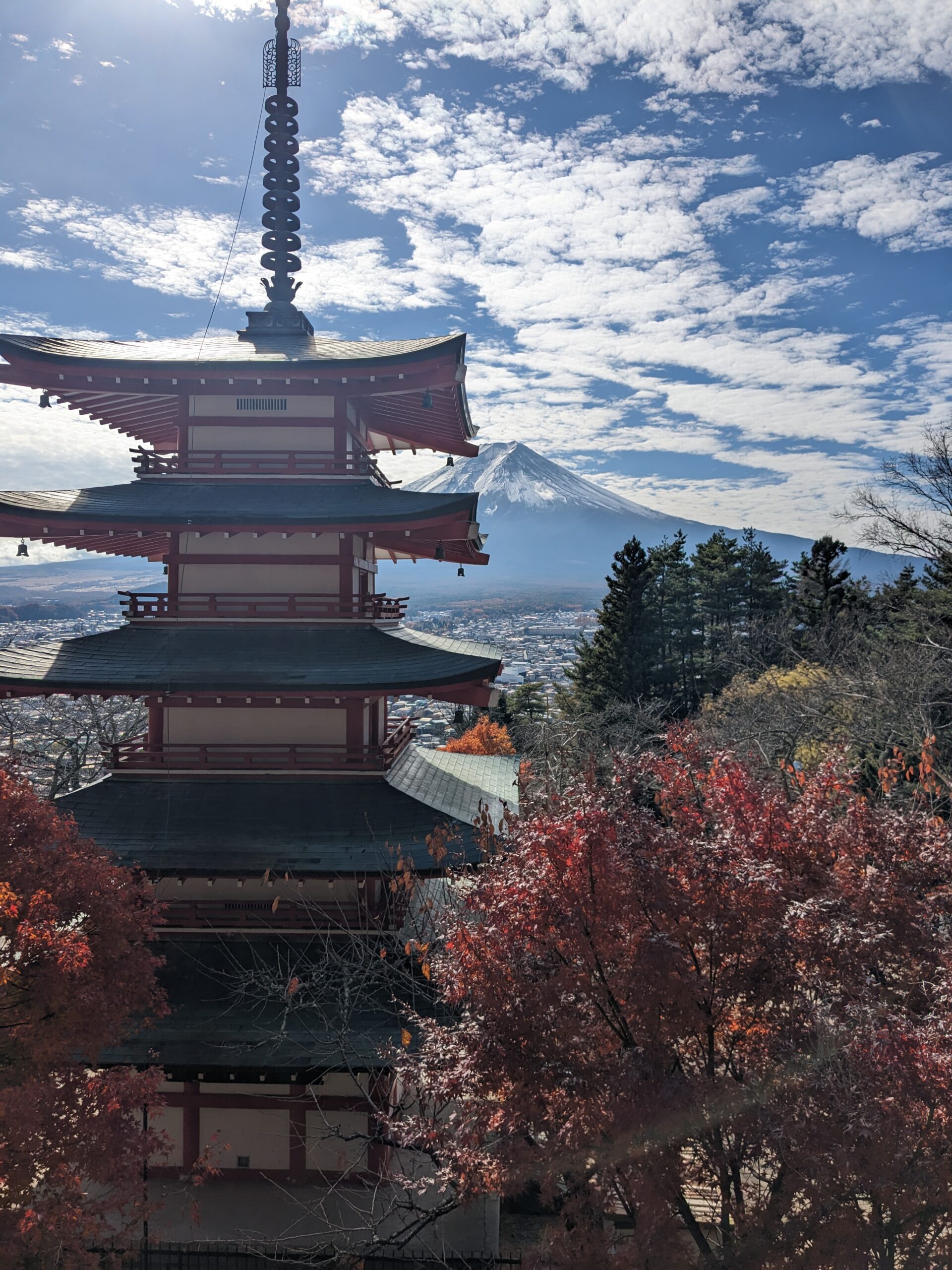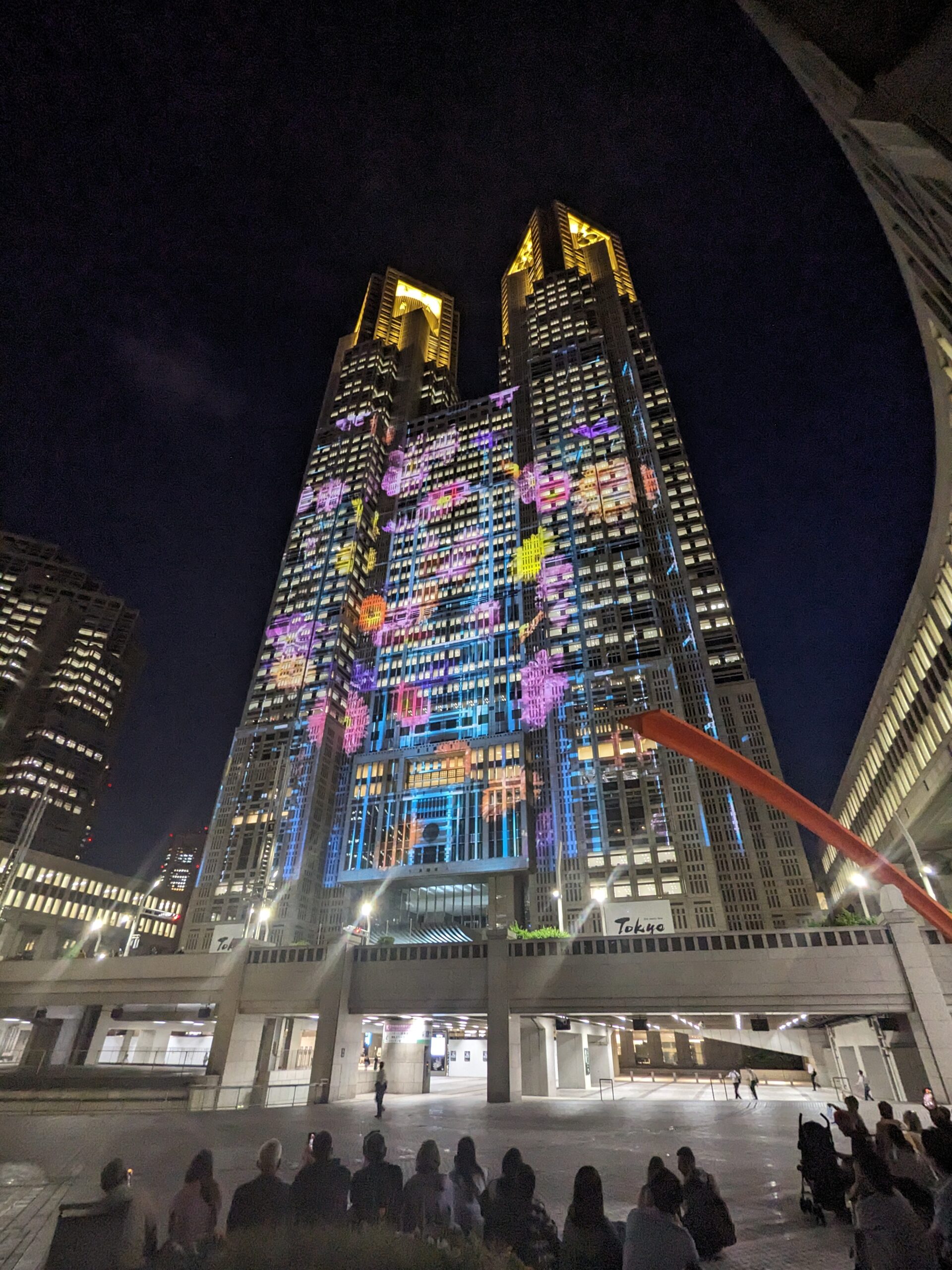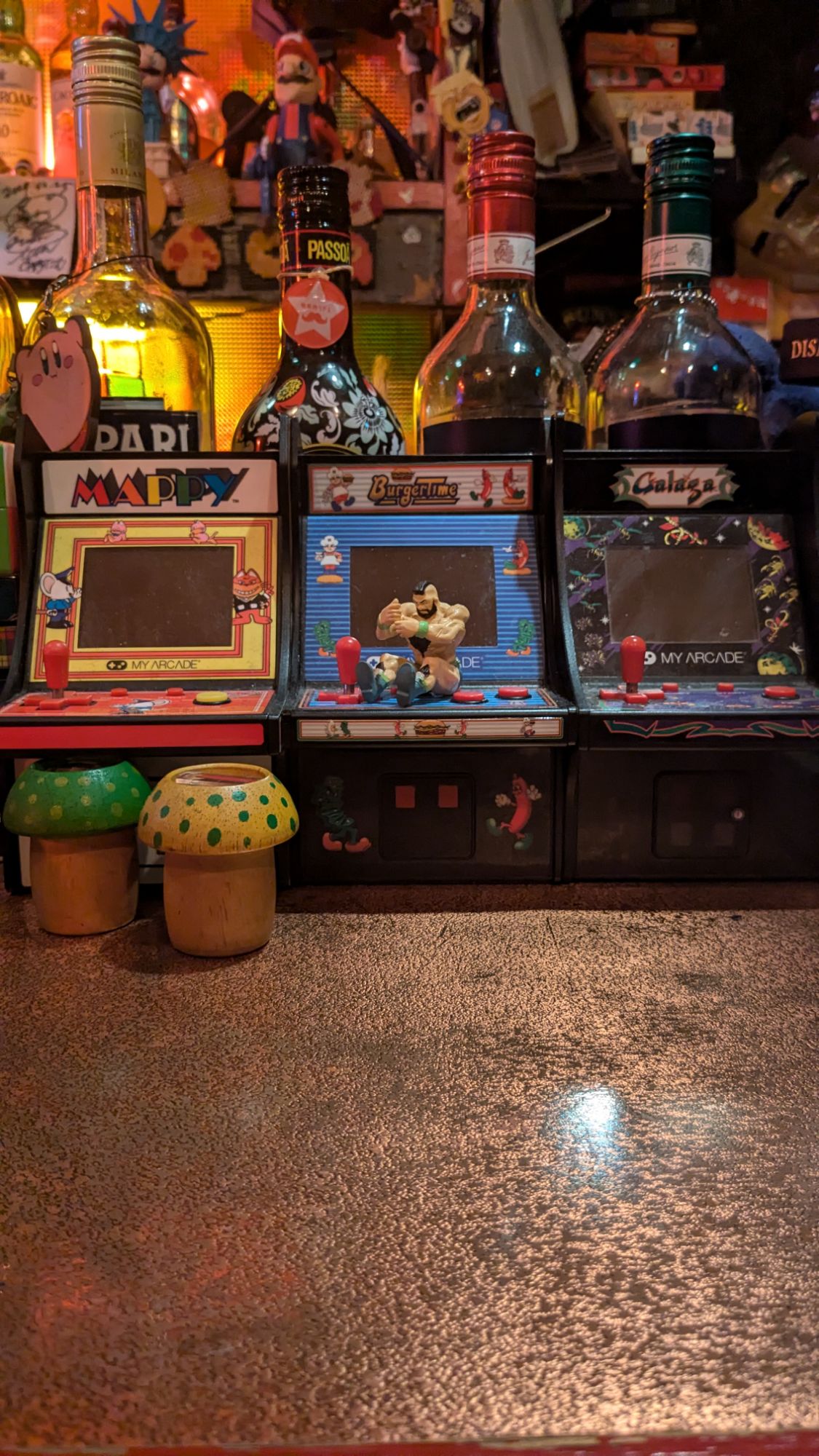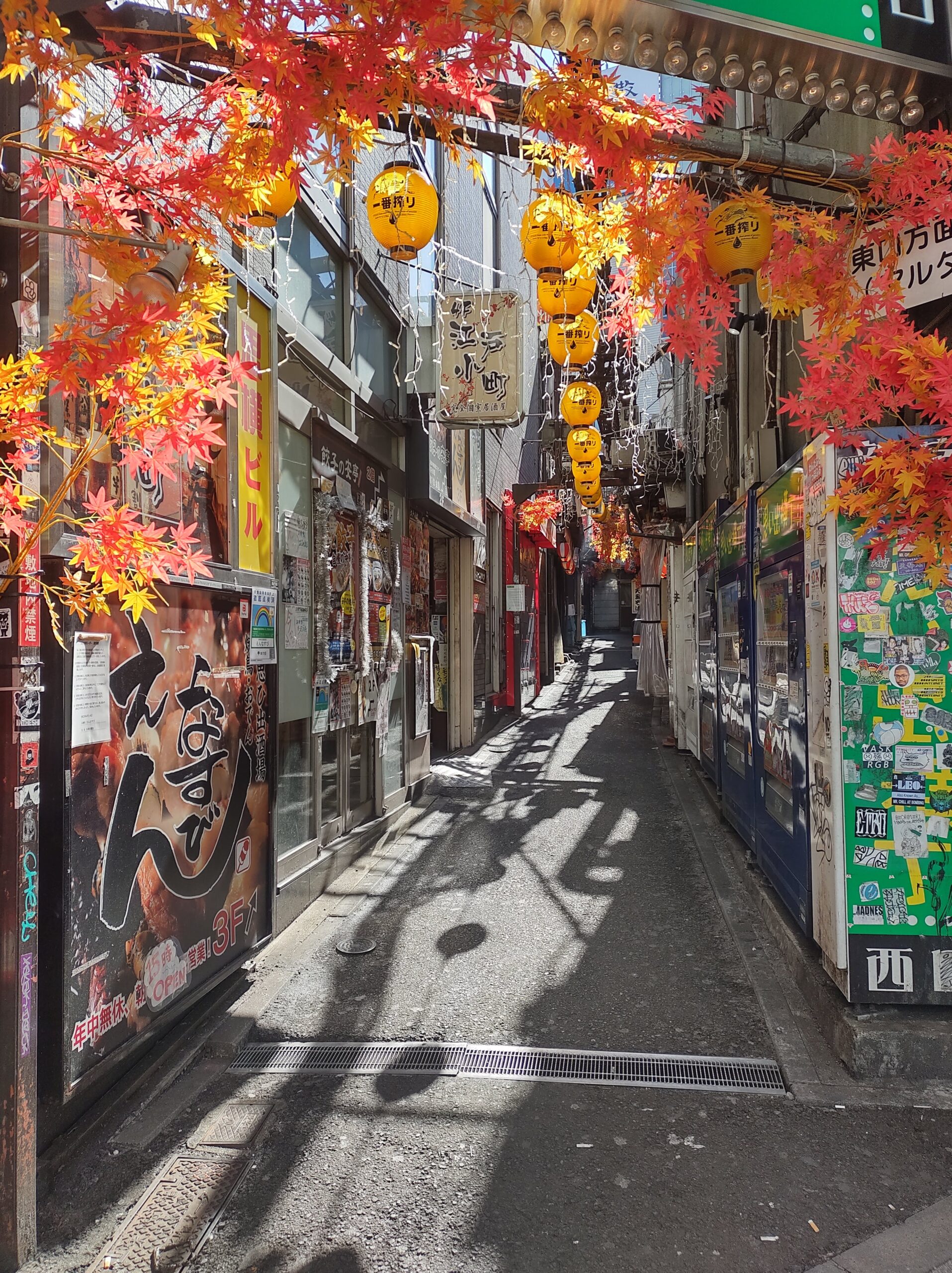皆さん, こんにちは!
Today I’m bringing you an article I know many of you will find interesting, because it’s one of the questions I get asked the most on Instagram: How did I manage to stay in Japan after my Working Holiday Visa ended?

Here, I’ll share the entire process in detail, what my experience was like, and what other visa options exist, so you can have everything on the table.
🏢 The Challenge of Getting a Work Visa in Japan
For some people, one year in Japan just isn’t enough—so that’s when the search to extend your stay begins. Although there are several types of visas, the work visa is one of the more accessible options.
Now, if it were easy, we’d all stay, right? The first challenge is finding a job willing to sponsor you, and the second is having a university degree or several years of experience in the field.
But don’t worry—if you truly want to stay and start the job hunt early, you can absolutely make it happen.
👤 My Company Offered to Sponsor Me, But I Had to Do the Paperwork Myself
As I mentioned in another article on “How to Find a Job in Japan,” I started working at a cookie shop almost as soon as I arrived in the country. Honestly, I was very lucky to take that job—I initially thought I’d only stay a few months and maybe move to Osaka. But plans changed (for the better).
Before my 3-month trial period ended, my boss asked if I wanted to stay in Japan. I had already known the answer since the first month, so I said yes, but explained I’d need to save up for a student visa or find a job with sponsorship.

That’s when she told me they could help. She asked if I had a university degree and told me to look into what documents I’d need from the company, because they could provide them. In that moment, I was the happiest person in the world. Since I still had plenty of time before my visa expired, I was able to calmly start preparing everything.
The only downside was that, although the company gave me all the necessary documents, I had to do the application myself. Some companies handle the whole process for you and submit everything to immigration—but that wasn’t the case here.
❗ I Found Out I Had to Apply for the “Humanities and International Services” Visa
If you’re in a similar situation, don’t stress—you have more than enough time. You’re asked to apply about three months before your Working Holiday Visa expires, so there’s time to gather everything you need.
In my case, when I went to immigration to ask, they told me there wasn’t a specific visa for the type of work I was doing. That worried me a bit, but after checking with my company, they explained I needed to apply for the Humanities and International Services Visa, which is basically the most common work visa in Japan.
Once I found out which visa I needed, I researched all the requirements thoroughly. I’ll leave a link to a site in English where everything is clearly explained.
Take a look to all the requirements here!
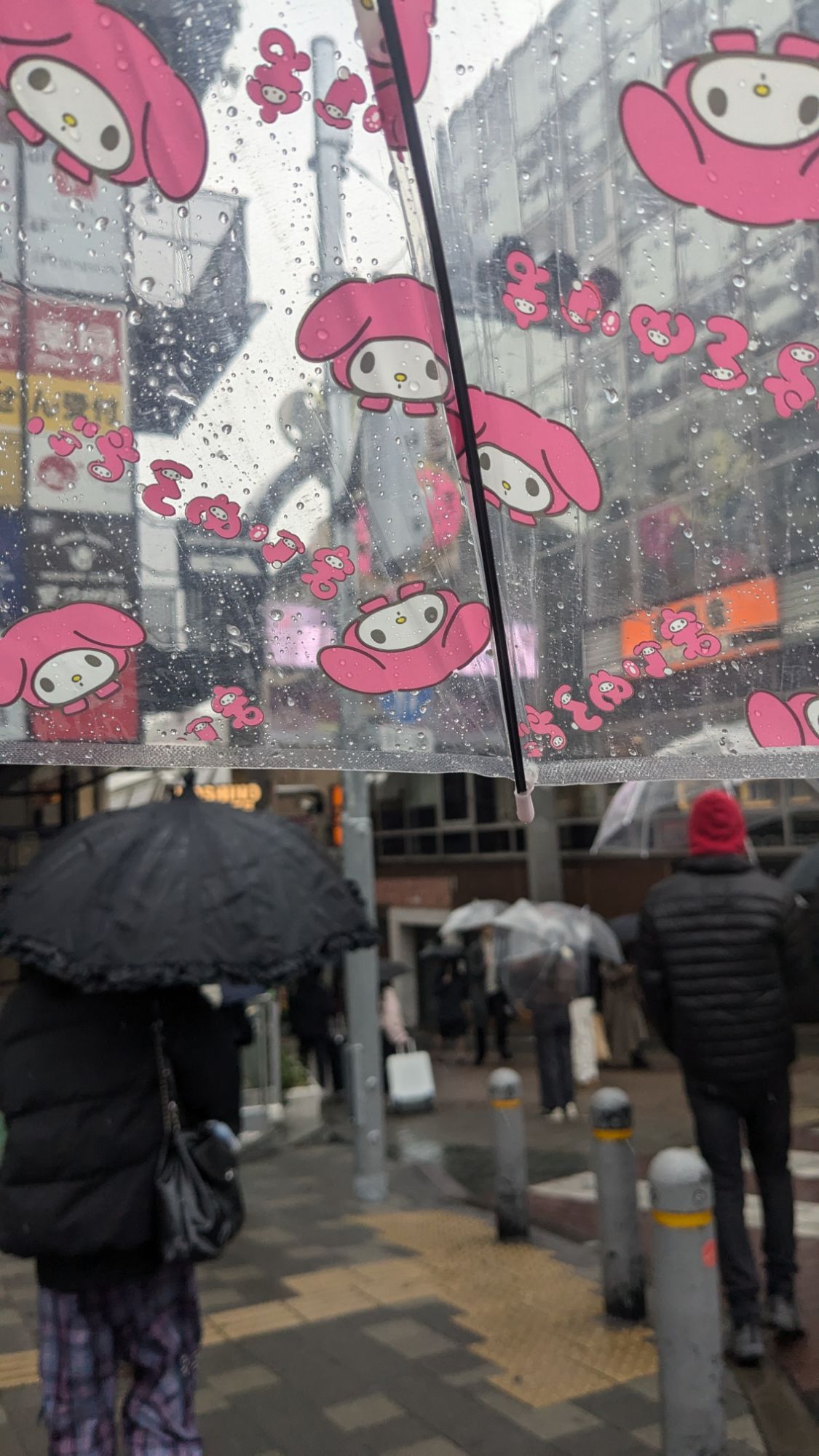
🇦🇷 Work Visa Types in Japan for Argentinians
If you’re not eligible for the Humanities and International Services Visa, there are several other options:
Types of Work Visas in Japan:
- Humanities and International Services Visa
- Engineer Visa
- Skilled Labor Visa
- Business Manager/Investor Visa
- Intra-Company Transferee Visa
- Artist Visa
- Journalist Visa
You can find more info about each one on this website.
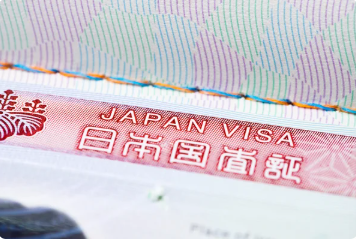
Other Types of Visas:
- Cultural Activities Visa
- Student Visa
- Dependent Visa
- Designated Activities
- Permanent Resident
- Visa for Japanese Descendants
If you want to see all available options, check out the Immigration website.
🎌 The Process of Getting a Work Visa in Japan
Personal Documents Required:
- Copy of your passport and national ID
- Visa application form
- ID photo
- Certificate of Eligibility (COE)
- Zairyu Card
- CV
- University degree (4-year programs, like a teaching degree, are valid)
- If you have work experience, submit a recommendation letter or employment certificate
- Proof of salary payments and tax withholding
Documents Your Company Must Provide:
- Company registration certificate
- Company description
- Company brochure (if available)
- Financial statement
- Business plan (if it’s a new company)
- Letter of acknowledgment
- Employment contract
Key Tip: Everything can be submitted in English, and you don’t need to apostille or professionally translate your degree.
What to do in your first week in Japan with Working Holiday
Some people hire a lawyer to make sure everything’s in order and avoid issues with immigration.
🤔 How Long Does It Take to Get the COE?
Once you submit everything, they can email you the COE. They say it usually takes around three months, but it depends on the case. Some people got it in one month, others waited six.
In my case, I got it after one month—just five days before flying to Argentina. Since I’m from the countryside, I took the opportunity to do the visa process at the Japanese Embassy in Buenos Aires as soon as I arrived.
✈️ Do You Have to Go Back to your Country for the Process?
Another common question is whether you can stay in Japan or travel to a nearby country to change your visa.
The truth is, at least for Argentinians, no—but only when it comes to the Working Holiday Visa. So, I recommend you to ask your embassy about your situation.
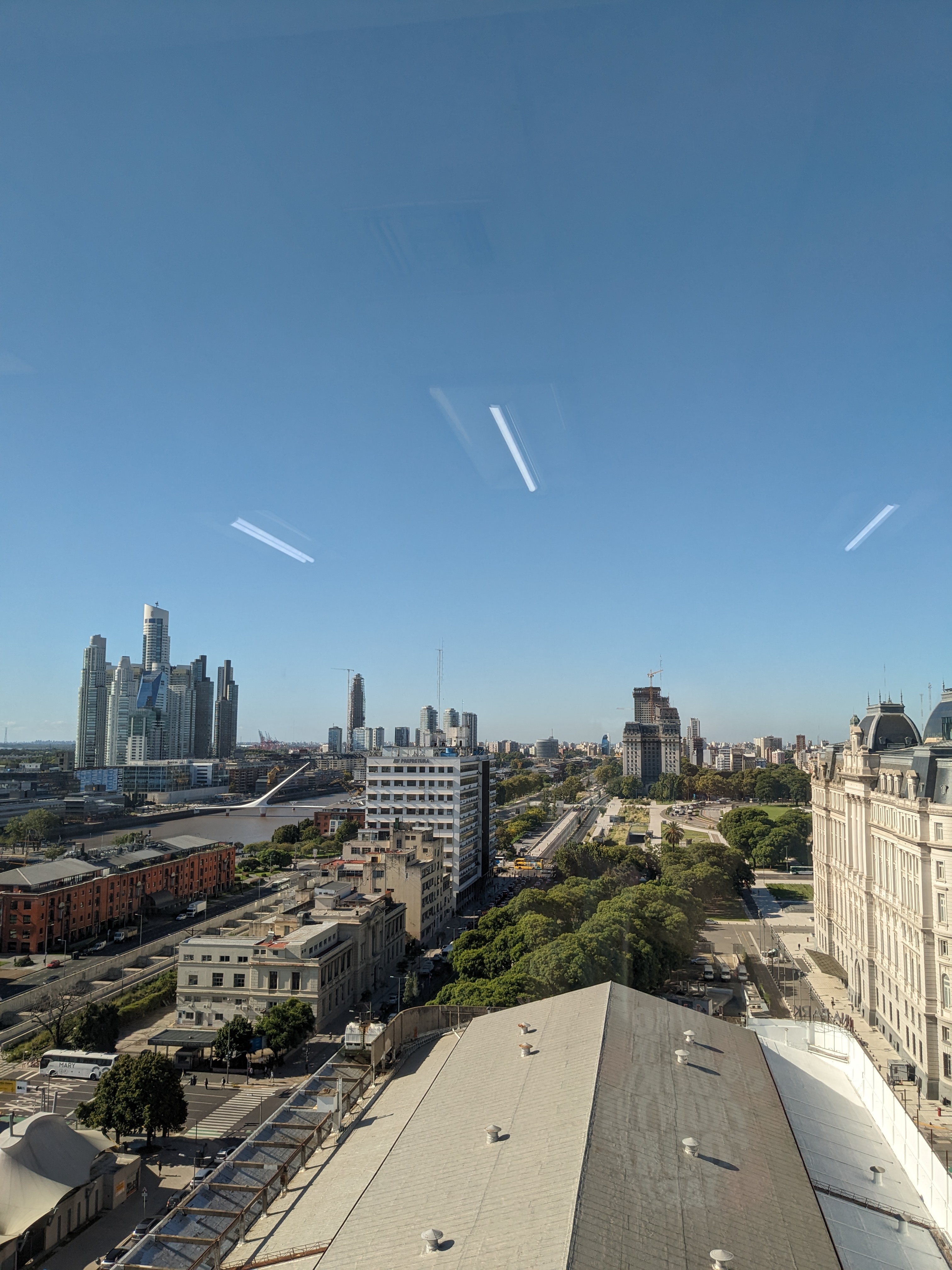
That said, even though I also thought it was a long and expensive trip, I highly recommend taking the opportunity to visit your family and friends—especially if you get a visa for 3 or more years, since you won’t know when you’ll be able to return. Just think of it as a vacation!
✍️ Key Tips
- Don’t leave everything until the last minute
- Research the visa type that fits your case
- Finish your degree, study Japanese, or gain work experience
- If your application gets rejected, ask why and try again
- Don’t hesitate to ask for help in Facebook groups or from people who’ve been through it
I hope this info is helpful!
よろしく、
花ちゃん。
